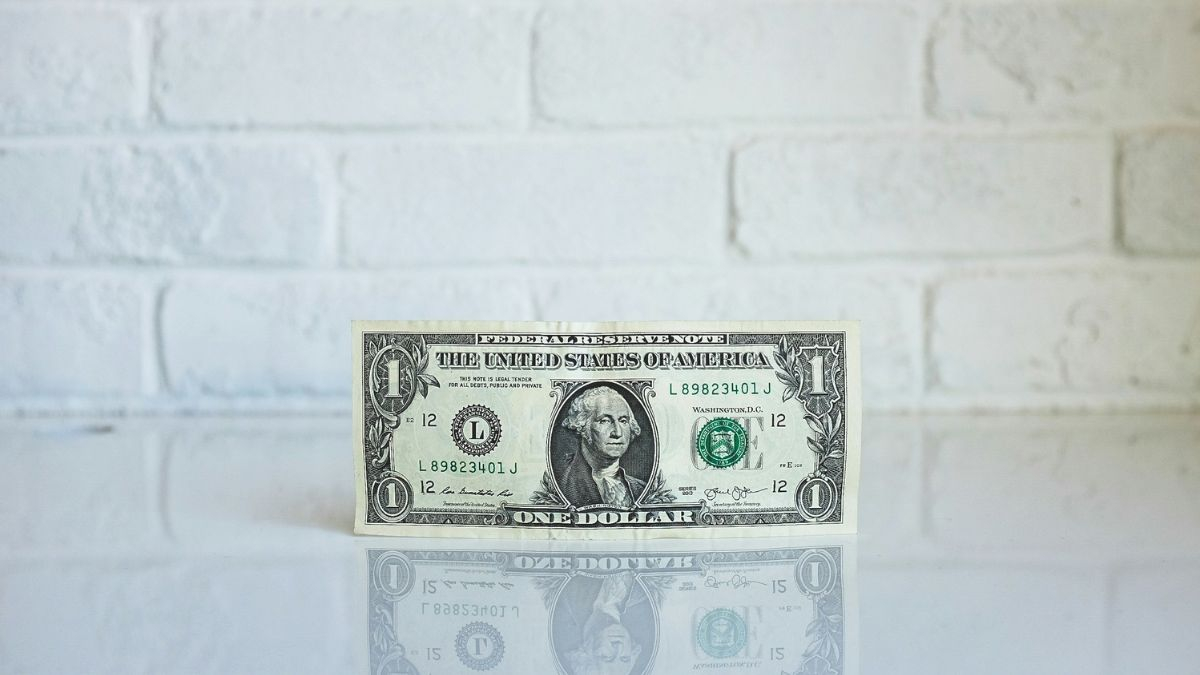From this October, Bank of America will no longer accept worn-out money, specifically worn-out $1’s or certain damaged dollar bills. This new policy has been introduced to curb the circulation of worn-out bills which causes fear of counterfeits. For those who deal with cash regularly, it is very important to know beforehand which bills will of course be rejected and how to handle empty ones before going to a Bank of America bank branch or ATM.
What type of $1 bills will Bank of America reject?
Starting this October, Bank of America will be much stricter when it comes to accepting $1 bills, especially those showing any kind of damage. Damaged bills can include:
- Torn or ripped bills
- Bills with cuts, missing corners, or trimmed edges
- Discolored bills or those with stains
- Bills that have been exposed to moisture
- Banknotes that show signs of heavy wear
These guidelines apply to all Bank of America branches and ATMs. So, if you have any dollar bills in questionable condition, it’s best to exchange them at another bank that still accepts damaged currency. As more banks and retailers are expected to follow this policy, you’ll want to inspect your cash carefully to avoid any surprises when making transactions.
Why is Bank of America implementing this policy?
Bank of America is not changing its policy for no reason. The decision to stop accepting damaged $1 bills is tied to growing concerns about counterfeit currency. Damaged bills are harder to authenticate, making them a potential target for counterfeiters. Counterfeit currency causes significant financial losses each year, and banks are taking measures to combat this issue.
By rejecting worn-out bills, Bank of America hopes to reduce the number of problematic notes in circulation, which in turn should make it easier to spot fake currency. This move also aligns with the bank’s efforts to modernize operations and improve the efficiency of handling cash.
Will other Banks follow suit?
Although Bank of America is leading this change, it is likely that other financial institutions will adopt similar policies. This October, expect to see more banks, as well as businesses, updating their rules on accepting damaged bills. In some cases, even retailers may begin to refuse worn-out bills, so it’s a good idea to start paying attention to the condition of any $1 bills you have.
How to handle damaged $1 bills
If you discover that you’re holding a damaged $1 bill, you’re not out of luck. You still have a few options for exchanging the damaged currency:
- Other banks and credit unions: Even if Bank of America won’t accept your damaged bills, many other banks still will. Most institutions will replace damaged bills as long as at least 50% of the bill is still intact. If they can verify its authenticity, they will exchange it for a fresh bill.
- The Bureau of Engraving and Printing (BEP): If a bill is severely damaged, such as being burned or waterlogged, the BEP offers a free replacement service. To use this service, you will need to mail the damaged bill along with a form explaining how it was damaged.
- The secret service: If you suspect that a bill is counterfeit or has been intentionally altered, you can contact the Secret Service. They handle cases involving fraudulent currency and will investigate suspicious bills.
What is considered a damaged dollar bill?
To help you identify which bills might be rejected, here are some key signs of a damaged banknote:
- Significant tears or rips
- Missing corners or parts
- Stains from ink, grease, or other substances
- Partial burns or burns that have altered the bill’s appearance
- Excessive wear that makes the bill hard to recognize
How does the U.S. handle damaged currency?
In the United States, replacing damaged currency is relatively simple. As long as more than 50% of a bill remains intact, banks and the BEP can often verify its authenticity and replace it. This ensures that even if your $1 bills get damaged, there are still ways to get them exchanged for usable currency.
However, starting this October, Bank of America will no longer accept bills in poor condition, so it’s important to check the bills you receive and exchange any damaged ones at another institution before the new policy kicks in.
